Editors’ Picks




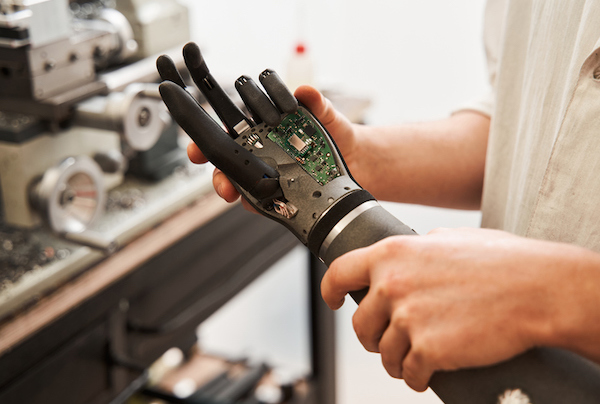
Found in Robotics News & Content, with a score of 1.32
…ensuring the physical safety of its human user. The MIT scientists used it to program a robot to help a person with limited mobility to put on a jacket. The laboratory began by modeling how humans move, react, and respond. With that data, the scientists built algorithms for orchestrating human interactions with robots while incorporating trial and error. To assist a human, there are numerous models to follow. Training a robot in only one scenario for dressing a person would not be efficient. If safety is integrated into the robot's motion, it could feasibly avoid collisions by stopping in place.…
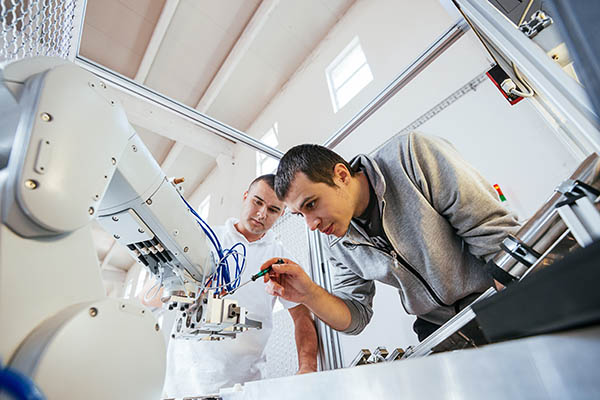
Found in Robotics News & Content, with a score of 1.84
…a graduate student in the Interactive Robotics Group of MIT's Computer Science and Artificial Intelligence Laboratory (CSAIL) and lead author of the paper. This is particularly true in the manufacturing and health care industries. “Whether or not we try to help people build conceptual models of robots, they will build them anyway,” she said. “And those conceptual models could be wrong. This can put people in serious danger. It is important that we use everything we can to give that person the best mental model they can build.” Theoretical approaches should be deliberate While many research papers incorporated partial elements…
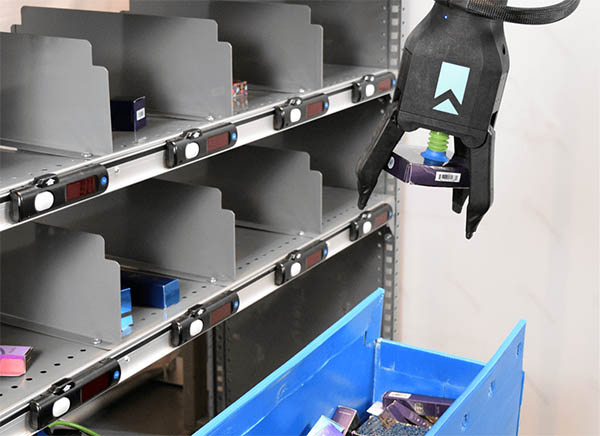
Found in Robotics News & Content, with a score of 0.55
…operators worldwide.” Harvard Biorobotics Lab, Yale GRAB Lab, and MIT researchers Tenzer, Leif Jentoft, and Lael Odhner founded RightHand Robotics in 2015 after winning a Defense Advanced Research Projects Agency (DARPA) manipulation challenge. They focused on solving the “holy grail” of warehouse automation—piece picking for supply chain and e-commerce fulfillment, said the Somerville, Mass.-based company. RightPick deals with complex picking RightHand Robotics launched its autonomous piece-picking product in 2017. The modular, data-driven RightPick platform uses artificial intelligence, edge computing, machine vision, grippers, and collaborative robot arms. Its workflows can quickly adapt to new SKUs for streamlined and scalable order fulfillment…
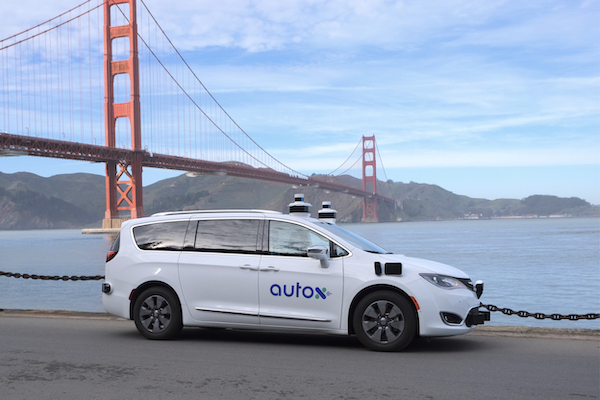
Found in Robotics News & Content, with a score of 0.65
…Jianxiong Xiao (a.k.a. “Professor X”), a self-driving technologist from MIT and Princeton, founded AutoX in 2016. The company said its self-driving platform is capable of navigating the most challenging and dynamic traffic scenarios in cities around the world. It has 10 operations centers, five research and development centers, and more than 1,000 technical team members worldwide. In July 2021, AutoX’s newest Gen5 system-equipped RoboTaxis started rolling off the production line. Last month, the company offered a look inside its dedicated factory near Shanghai, which it said is the first of its kind in China (see below). Since starting production, the…
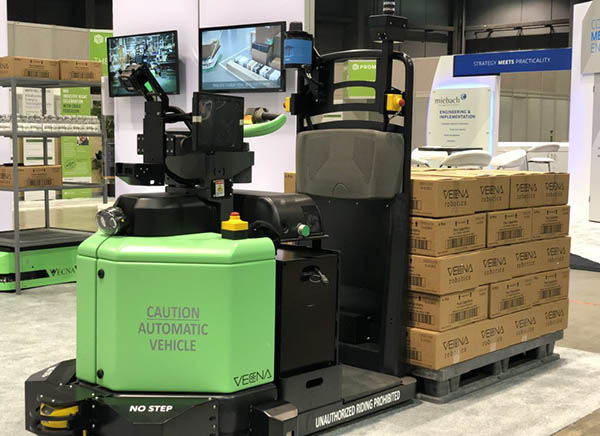
Found in Robotics News & Content, with a score of 0.33
…on where I can add value. I'm not an MIT-trained engineer, but I was a Navy officer. Vecna has added a couple of new executives, including a chief marketing officer, a senior vice president of product management, and a chief people officer. We're building on the foundation of the strong engineering culture to move the company forward. This allows Daniel to focus on innovation, and for me to use my expertise in building out solutions that are deployable, scalable, and secure. Vecna is a leading robotics company in the Boston area and a member of MassRobotics. How does being part…
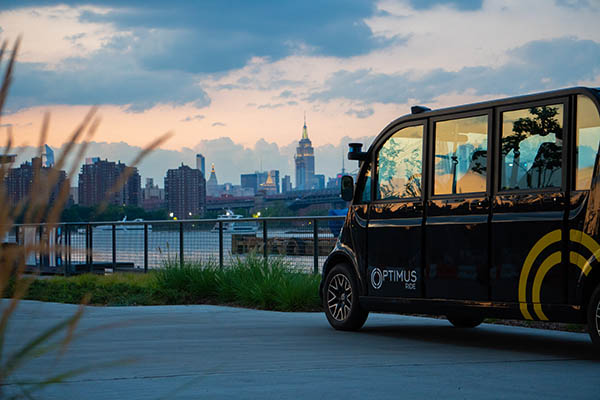
Found in Robotics News & Content, with a score of 1.06
…vehicle expertise Founded in 2015 by former members of MIT's team in the 2007 DARPA Urban Challenge, Optimus Ride has been developing electric, autonomous vehicles to serve residential communities, corporate and academic campuses, and mixed-use developments. The company received a grant from the U.S. Department of Energy in July 2021 to deploy its shuttle fleet at Clemson University. Magna claimed that it is one of the world's largest automotive suppliers. The mobility technology provider has more than 60 years of experience in vehicle design, engineering, and manufacturing. The company has 154,000 employees; 347 manufacturing operations; and 90 product development, engineering,…
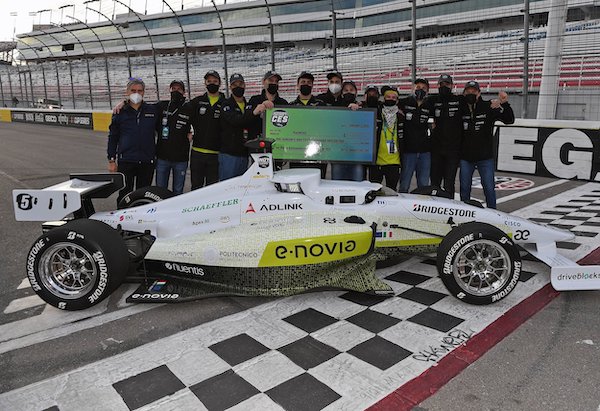
Found in Robotics News & Content, with a score of 0.54
…Korea Advanced Institute of Science and Technology (South Korea) MIT-PITT-RW* — Massachusetts Institute of Technology, University of Pittsburgh (Pennsylvania), Rochester Institute of Technology (New York), and University of Waterloo (Ontario, Canada) PoliMOVE — Politecnico di Milano (Italy), University of Alabama TII EuroRacing - University of Modena and Reggio Emilia (Italy), Technology Innovation Institute (United Arab Emirates) TUM Autonomous Motorsport - Technische Universität München (Germany) *Did not advance to Friday’s final competition. Autonomous cars vie for historic win Karen Chupka, executive vice president of CES at the Consumer Technology Association, officially started the competition with the call, “Ladies and gentlemen, start…
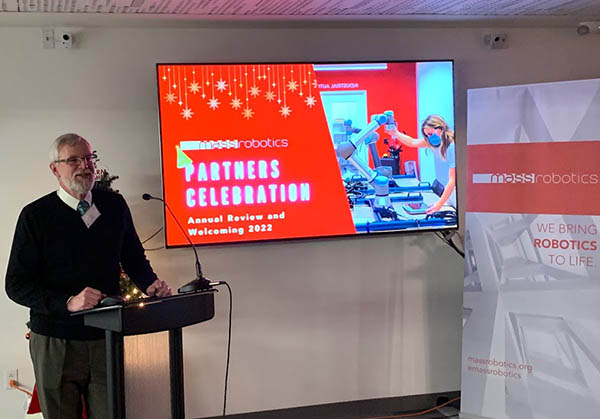
Found in Robotics News & Content, with a score of 0.36
…of Massachusetts' success story is to begin with educational excellence—MIT and Harvard—and wait 200 years.' Innovation and enrepreneurship are part of our DNA and have helped us get through many an economic cycle.” With more than 350 robotics and related technology companies in the region, the Massachusetts robotics hub is one of the biggest in the world. Local companies range from best-in-class component makers and software developers to suppliers of autonomous mobile robots (AMRs), collaborative robots, and surgical systems. Jay Ash addresses MassRobotics partner event. Massachusetts startups have successful year Saad noted that several MassRobotics members were acquired, raised funding,…

Found in Robotics News & Content, with a score of 3.25
…different things, even without the design element. Scientists at MIT’s Computer Science and Artificial Intelligence Laboratory (CSAIL), aimed to fill the gap by designing “Evolution Gym,” a large-scale testing system for co-optimizing the design and control of soft robots, taking inspiration from nature and evolutionary processes. Simulations soft robots learn on their own The robots in the simulator look a little bit like squishy, moveable Tetris pieces made up of soft, rigid, and actuator “cells” on a grid, put to the tasks of walking, climbing, manipulating objects, shape-shifting, and navigating dense terrain. To test the robot’s aptitude, the team developed…
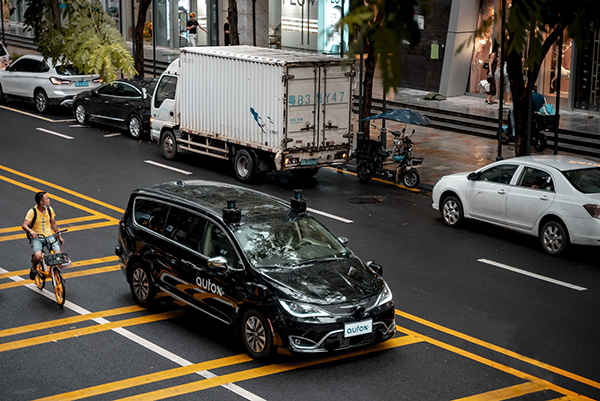
Found in Robotics News & Content, with a score of 0.73
…Jianxiong Xiao (a.k.a. “Professor X”), who has experience from MIT and Princeton, founded AutoX in 2016. The company has been developing SAE Level 4 autonomous vehicles to handle the most challenging and dynamic traffic scenarios in urban centers around the world. It has eight offices and five research and development centers around the world. AutoX said it is the first and currently only company in China operating a self-driving robotaxi service on public roads without safety drivers. It added that it was the second company to obtain a permit from the California Department of Motor Vehicles to operate a fully…
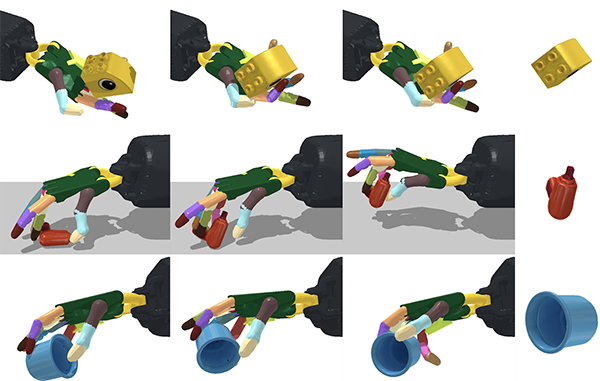
Found in Robotics News & Content, with a score of 3.84
…get machines to replicate human abilities, scientists at the MIT’s Computer Science and Artificial Intelligence Laboratory (MIT CSAIL) created a framework that’s more scaled up. They built system that can reorient over 2,000 different objects, with the robotic hand facing both upwards and downwards. This ability to manipulate anything from a cup to a tuna can or a Cheez-It box could help the hand quickly pick and place objects in specific ways and locations—and even generalize to unseen objects. Greater dexterity has industrial implications Deft “handiwork”—which is usually limited by single tasks and upright positions—could be an asset in speeding…
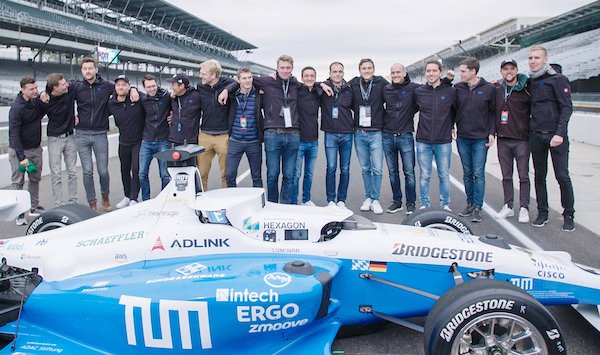
Found in Robotics News & Content, with a score of 0.41
…unable to complete laps because of actuation problems. The MIT-PITT-RW team suffered a crash, and the AI Racing Tech team from University of Hawai'i's car spun out into grass and had to be towed away. TUM takes shootout After a 131.148 average speed during the first round, the top three teams participated in the “shootout.” After hitting 158 mph in its practice raps, PoliMOVE experienced a crash in the first turn. The captain of the team said that its autonomous racecar lost its main GPS sensor and then its backup one at 123.45 mph. After the German TUM team's run…



